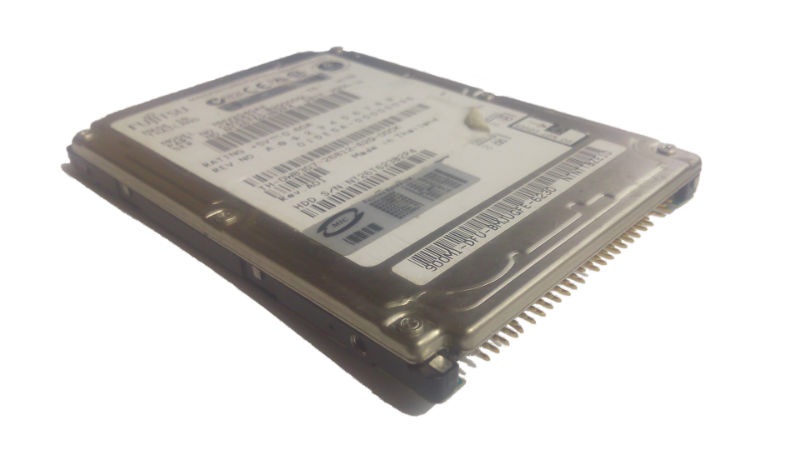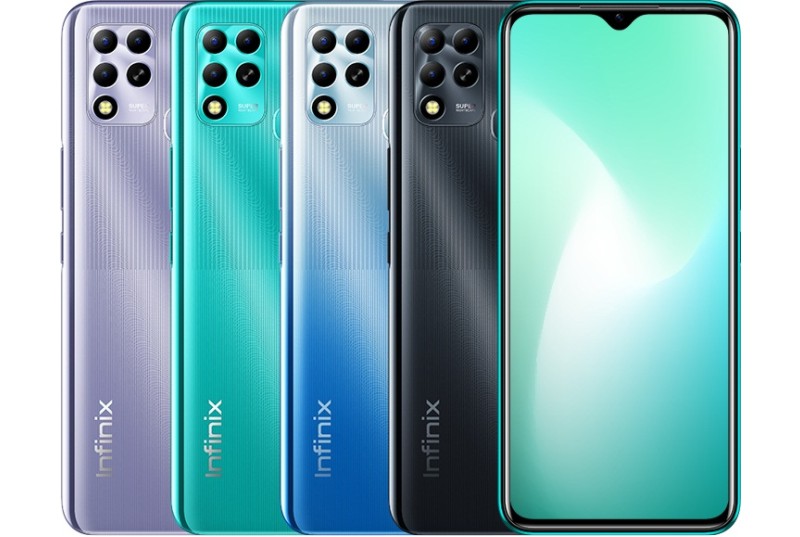Major types of Hard Drive And Their Basic Properties.
Tweet
Solid-states drives (ssds) are gradually replacing Hard disk drives (Hdd). Unlike hdds that have mechanical components, basically, ssds are made up of flash memory. Therefore, it is easier for manufacturers to produce them in small shapes and sizes to meet the demands of PC buyers who desire smaller and faster hard drives that also power efficient. However, it's becoming difficult for average PC users to readily identify the type or shape of hard drives(s) that come with their PCs, especially when there is need for replacement or upgrades. So far, the following are types of hard drives (starting from phased out IDE) and basic information about them.
1: IDE HDD
Parallel ATA popularly known as IDE (Integrated Drive Electronic) is the type of hdd of which interface connector is made up of array of pins. They are usually made in sizes of 2.5, 3.5 and 5.25 inches. However, this type of hdd is obsolete, it used to come with laptops and desktops PCs in the mid 90s till late 2000s. In laptops, the maximum storage capacity of IDE used to be around 320GB, but on desktop PCs, its capacity could reach 750GB.
2: SATA HDD
(Serial ATA) HDD: This is the successor of IDE. Like IDE, this type of hdd derives its name from its interface connector, otherwise known as "SATA Connector". Unlike IDE, SATA hdd Connector is flat in shape. SATA hdd offers more storage capacity than IDE, and commercially, it's the only type of hard drive that currently offers highest storage capacity. It tends to run faster and more quiet than IDE. It should be noted that, in appearances, both IDE and SATA hdds share similar look, the obvious difference lies in in their connectors. The similarity is as a result of the fact that the mechanical components of the two are based on the same platform. SATA hdds are still the most widely used hard drives in the PC world today, but they are being gradually replaced by faster ssd.
3: SATA SSD
(Solid-State Drive with SATA connector). It has no moving or mechanical components, their properties are similar to that of "USB flash drive" I.e the one we carry around and use to copy and transfer files from PC to PC. SATA ssd comes in various forms;
(A) 2.5" and 3.5" (Standard) SATA SSD: Like IDE and SATA hdds, SATA ssds come in sizes of 2.5" and 3.5", however, between the two sizes 2.5" is the most common one. They share similar connector with SATA hdd, this "similarity" is because the earlier 'Standard' ssds were designed to fit into the existing 2.5" SATA hdd host (Socket) and drive bay in the PC. Because of this, Standard SATA ssd is interchangeable with SATA hdd. Sometimes, Standard SATA ssd thickness may be different from that of SATA hdd, but not always.
(B) 1.8 SATA SSD: Also called micro SSD (not to be mistaken for mini SSD i.e. mSATA); this ssd properties are the same as that of 2.5" ssd above, the differences lie in physical size (form factor) and the connector length, in other word, its size is smaller than that of 2.5" and its SATA interface connector is also narrower. This type of ssd is normally found in small laptops and portable devices. Also, its storage capacity is on the low side too.
(C) mSATA SSD (Mini SATA): It shared same property with other SATA ssds but with smaller shape and another type of SATA interface connector (connector and shape are similar to that of PCIe Express Mini Card). The main differences between mSATA and previous SATA ssds are also form factor and connector. Unlike the previous Standard ssd, the makers of mSATA focus mainly on mobile PCs with small footprints, i.e. small laptops and netbooks. Though, many of the small laptops don't support mSATA.
(D) M.2 SSD: This is the type of ssd that has distinct form factor and connector, and both of these form factor and connector are referred to as m.2. It (m.2 ssd) can either come as m.2 SATA ssd or m.2 PCIe ssd. The two have different ssd properties (controller chips), but again, their physical shapes (form factor) and connectors are the same. Furthermore, m.2 ssd can be plugged into both desktop PC and laptop that come with m.2 slots (sockets). However, the laptops (with m.2 slots) either have slot for m.2 SATA or m.2 PCIe in them but not both, though, there are recent cases of PCs, especially desktop PCs, that come with slot(s) for both m.2 PCIe and SATA ssds. In performance, because of the shared properties with other SATA ssds, the m.2 SATA ssd speed and performance is similar to those of them. The m.2 PCIe ssd, on the other hand, is more faster than m.2 SATA ssd.
4: PCIe SSD
Peripheral Component Interconnect Express (PCIe). Although PCIe is mentioned and discussed under M.2 SSD above, it could be deducted that PCIe is a distinct type of storage hard drive with its own storage property and connector; in fact some PC experts prefer to call it Solid State Card (SSC). Whether the one for laptops or the ones for desktop PCs (this looks exactly like PCI Sound Cards that we used to add to our Desktop PC mobo), it could be said that PCIe ssd is another form of hard drive and it offers better performance than any other type of hard drives, it is still expensive though.
5:eMMC
embedded MultiMedia Card: This is not ssd in the real sense, in short, its properties are similar to that of SD Card that comes with handheld devices. But unlike SD Card, eMMC is always integrated or soldered into the PC board, i.e. it's an onboard type of hard drive. Though eMMC is durable and tend to last long, however, it is slower than standard ssd. it also tends to have the lower storage capacity such as 32 GB and 64 GB. It can be found in cheap small laptops and tablets, example of such laptops is HP stream and some Chromebooks.
CC: Intel Free Press on Flickr
Tweet




.jpg)





